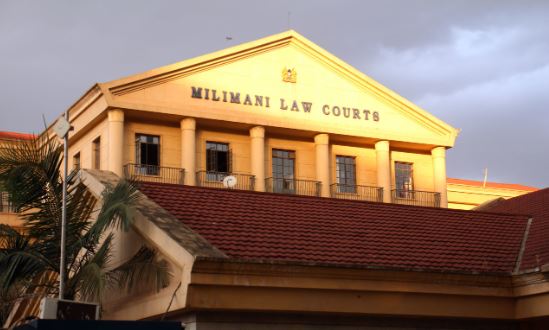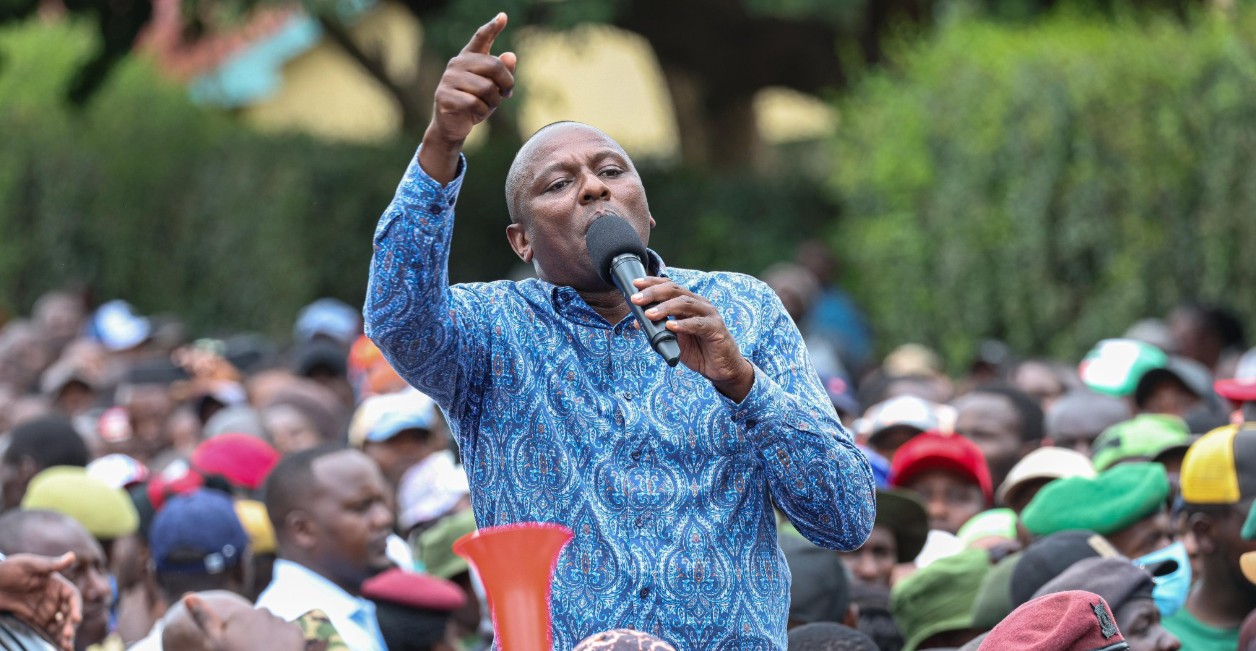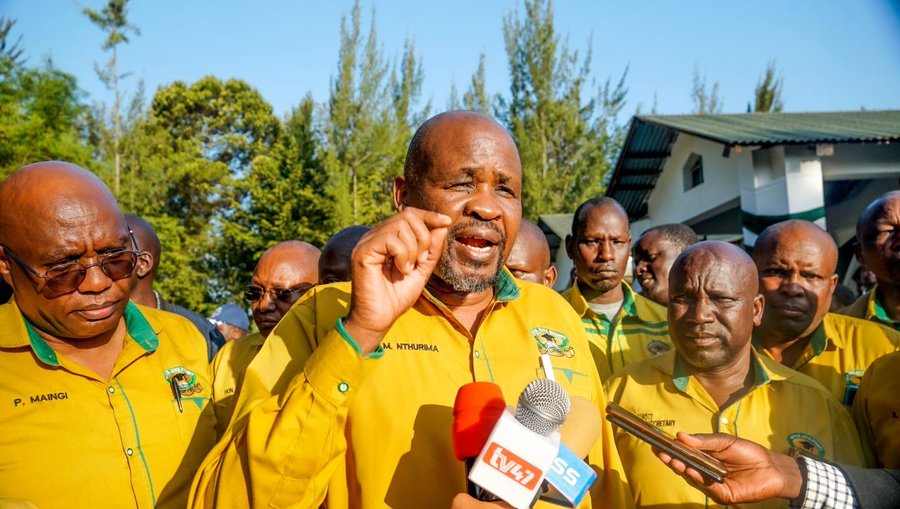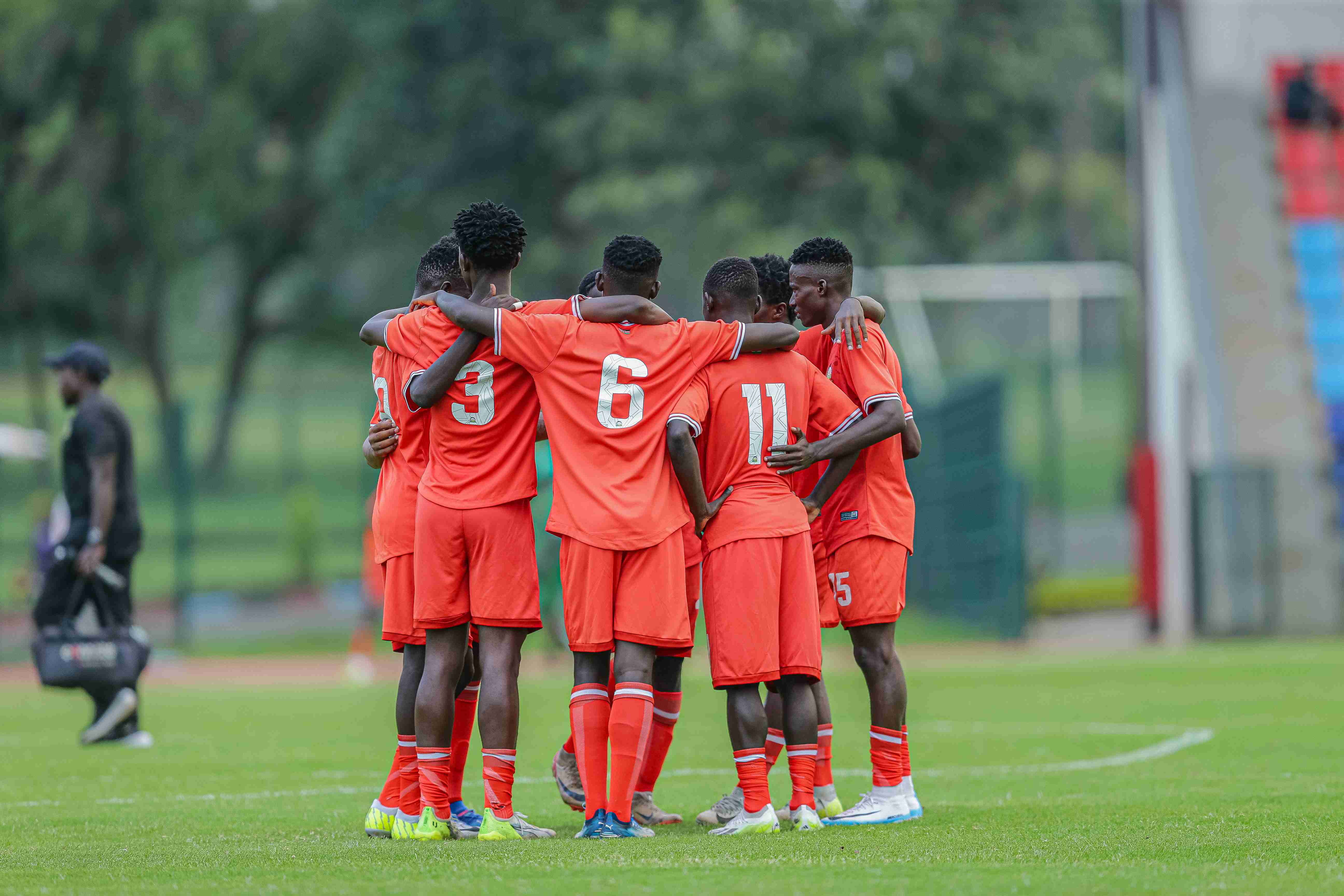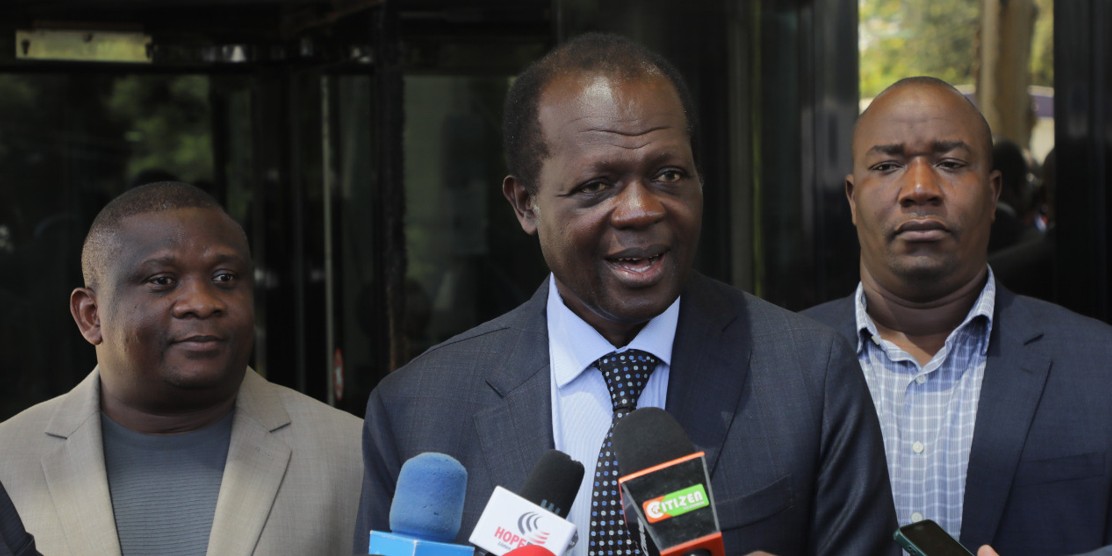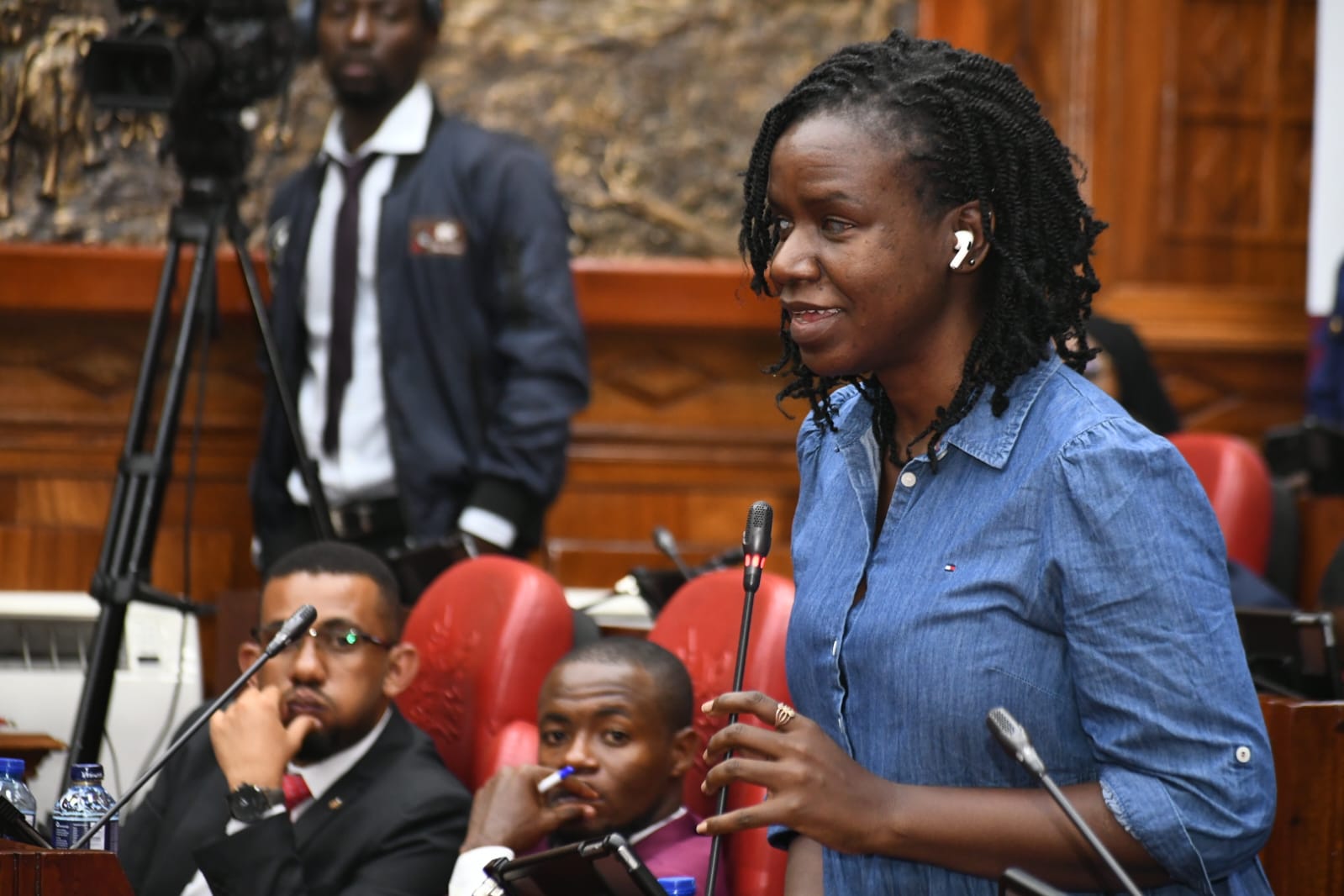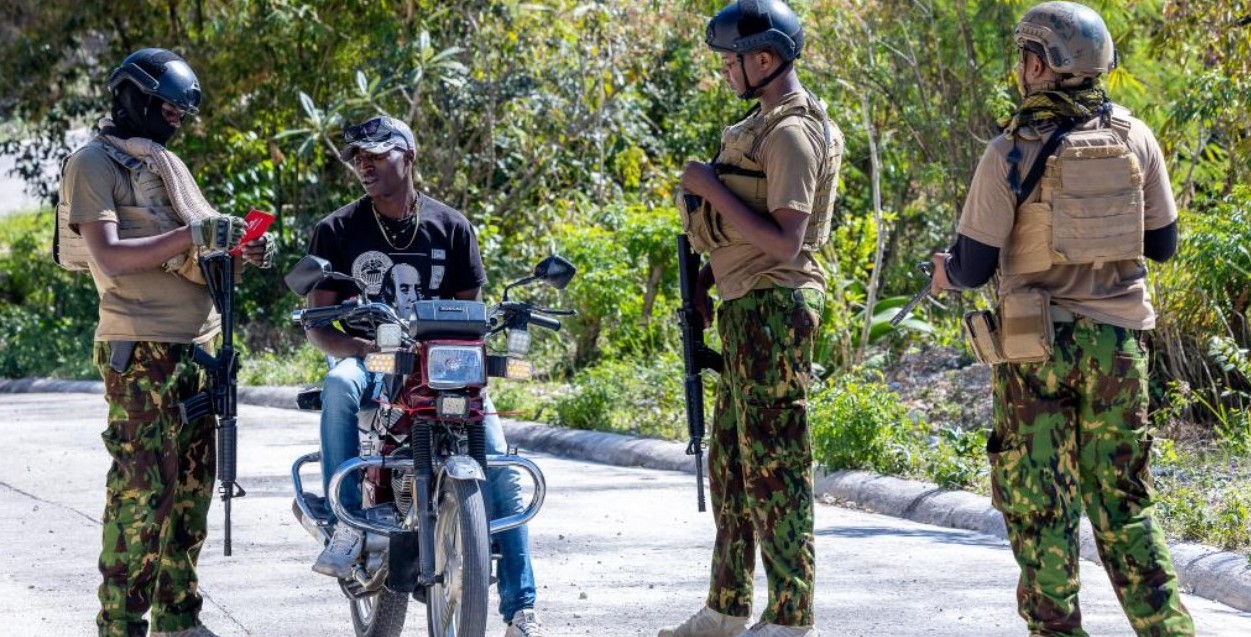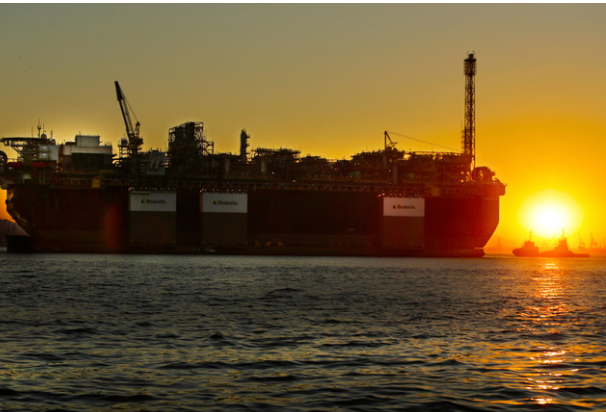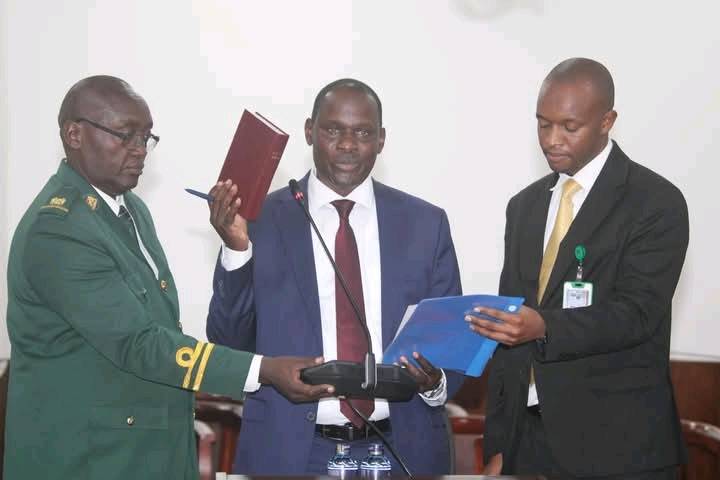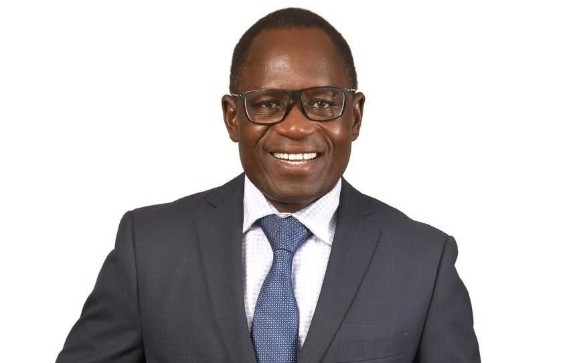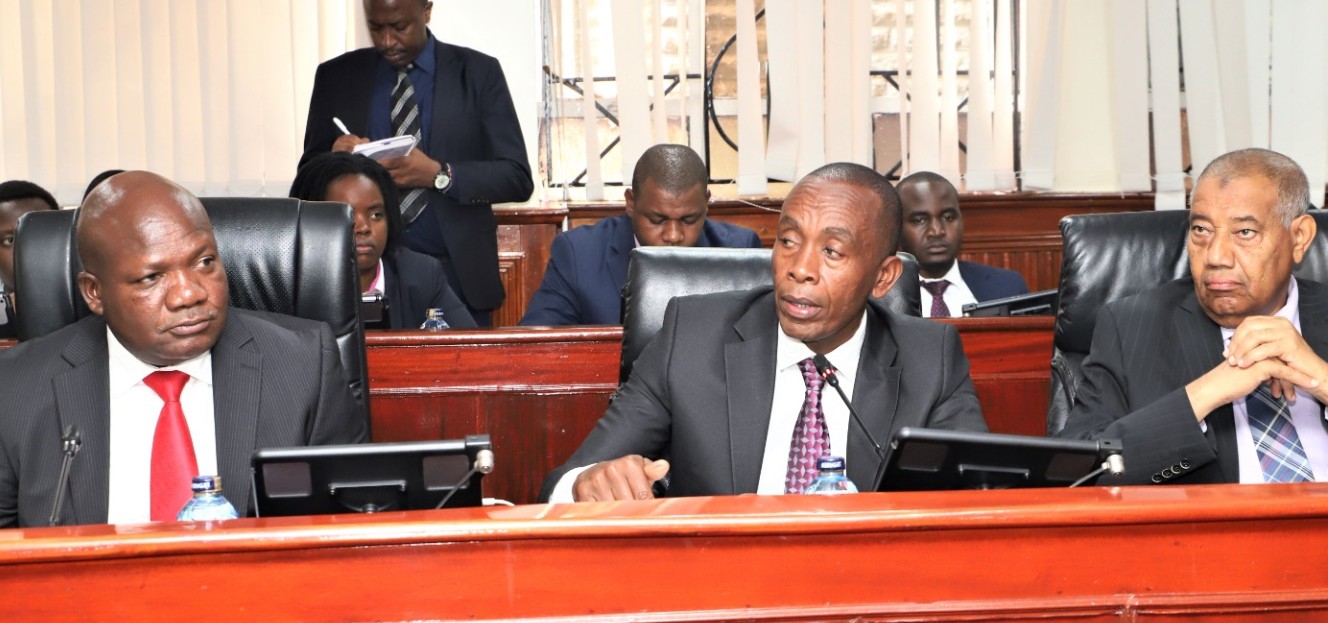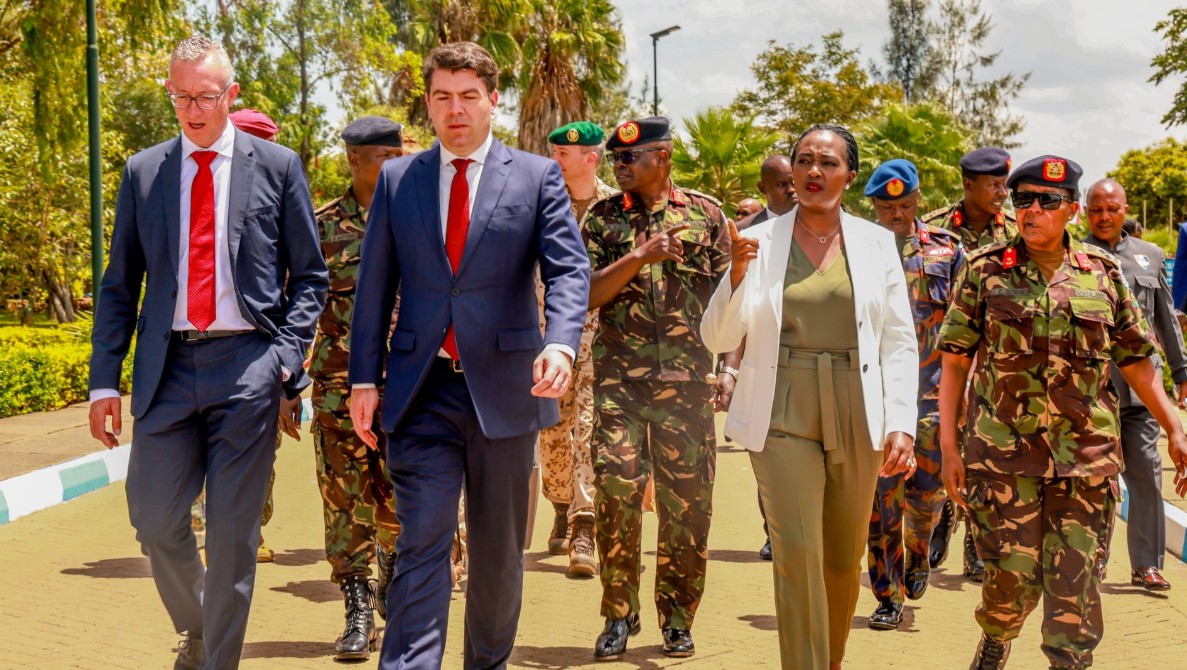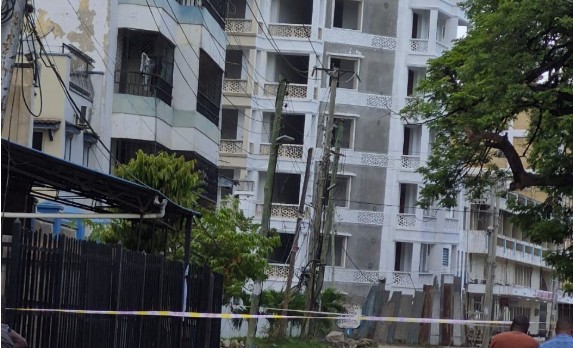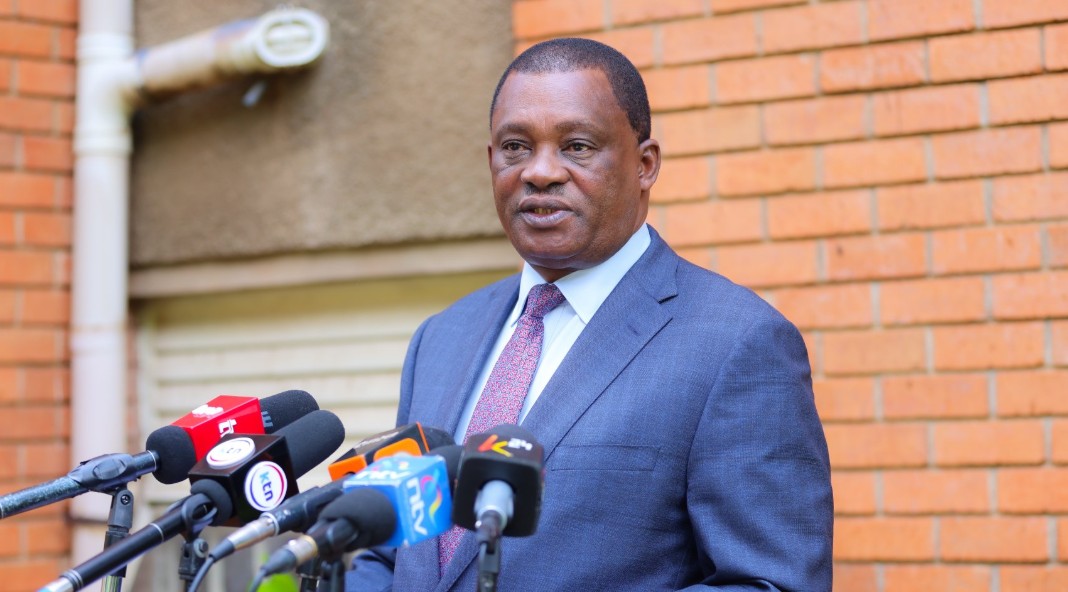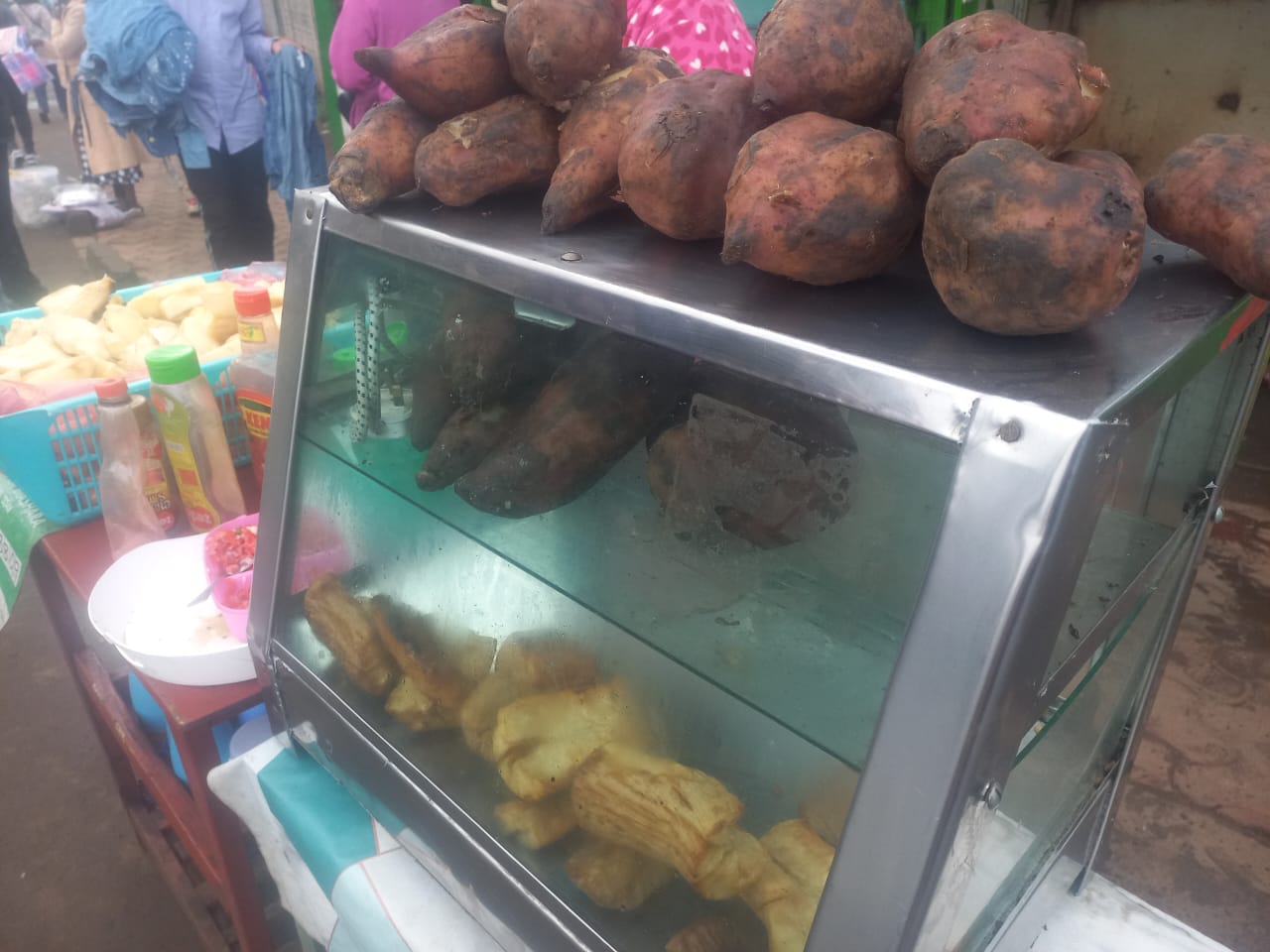Nairobi Expressway posts Sh1.2bn loss despite increase in traffic, toll charges

Experts have pointed to the fluctuations in exchange rates as one of the major challenges facing the Nairobi Expressway and other PPP projects.
The Nairobi Expressway has posted a loss of Sh1.2 billion for the Financial Year 2023-2024, despite an increase in traffic and higher toll charges.
This financial setback highlights the risks associated with public-private partnerships (PPPs), which the government has increasingly turned to for financing large infrastructure projects.
More To Read
- Impressive April Fools' Day pranks that some Kenyans fell for
- April Fool's Day: Nairobi Expressway to introduce dedicated boda boda lanes – Transport CS Davis Chirchir
- Kenyans to pay tolls on major roads as government seeks to raise more infrastructure funding
- KeNHA to close section of Mombasa Road for three weeks
According to the latest data from the National Treasury, the expressway generated Sh4.6 billion in revenue from July 1, 2023, to June 30, 2024.
However, operational costs for the same period amounted to Sh5.8 billion, resulting in a deficit of Sh1.2 billion.
The road, which links Mlolongo to James Gichuru Road, had been expected to generate a profit after a hike in toll fees earlier in 2024.
In January, toll charges were raised across all stations, with fees now ranging between Sh170 and Sh500, up from the previous range of Sh100 to Sh310.
Despite these increases, the financial performance of the expressway still fell short of expectations.
The losses come against a backdrop of economic instability, with the Kenyan shilling fluctuating significantly against the US dollar in early 2024.
At one point in January, the shilling hit a historic low of Sh160 to the dollar, fuelling concerns about the government's handling of the currency's volatility. The shilling has since recovered to Sh129 to the dollar.
Fluctuating exchange rates
Experts have pointed to the fluctuations in exchange rates as one of the major challenges facing the Nairobi Expressway and other PPP projects.
Some argue that the government failed to predict the impact of global market trends, which contributed to the shortfall in earnings for the project.
The Nairobi Expressway, launched in 2022, was envisioned as a key legacy project of former President Uhuru Kenyatta's administration.
The 27-kilometre elevated highway, built by the China Road and Bridge Corporation (CRBC) for Sh88 billion, is part of Kenya's broader efforts to modernise its infrastructure. Under the PPP arrangement, CRBC will operate the expressway for 27 years to recover its investment before handing it over to the government.
The report also highlighted the broader context of PPPs in Kenya, which has seen the government partner with private investors on six other major infrastructure projects.
These include the Sosian Menengai Geothermal Power Plant, the Quantum Menengai Geothermal Power Plant, and several road projects under the Road Annuity Programme.
The expressway was built to decongest Mombasa Road, Uhuru Highway and Waiyaki Way.
The road has 11 tolling stations, 54 toll plazas, and 54 cameras along the 27km expressway, with 126 cameras inside the toll plazas.
The road is monitored with recordings being done at 30-minute intervals.
A smart monitoring system detects congestion, spillage, vehicle reversals, pedestrian crossing and emergencies.
The dual carriageway has 11 interchanges at Mlolongo, standard gauge railway, JKIA, Eastern Bypass, Southern Bypass, Capital Centre, Haile Selassie Avenue, Museum Hill, Westlands, and James Gichuru Road.
The expressway, with 18.2km on the ground and 8.9km elevated, is a class A, four-lane dual carriageway with a design speed of 80km per hour.
Top Stories Today
